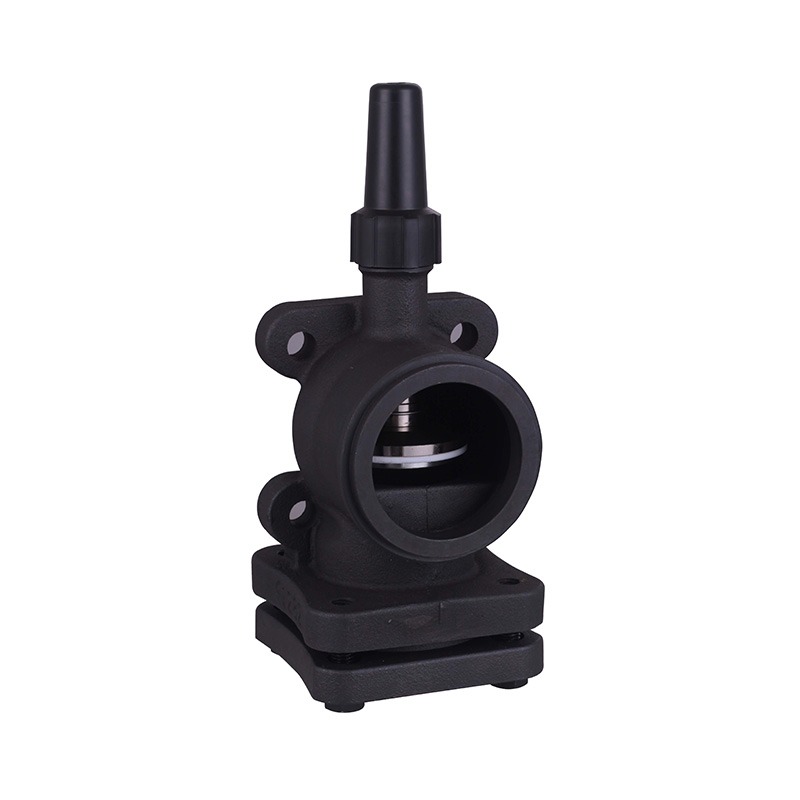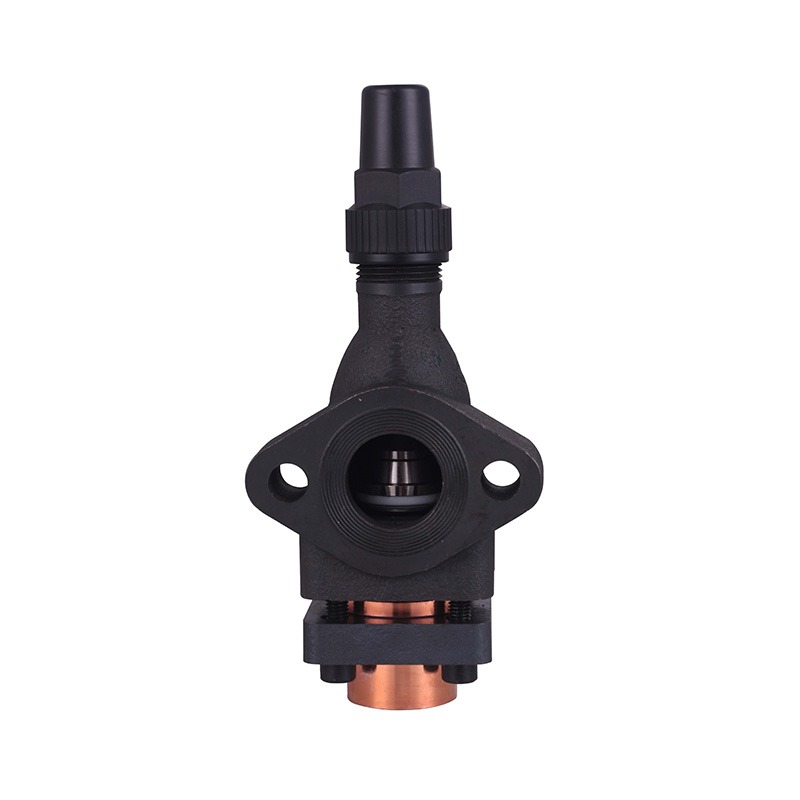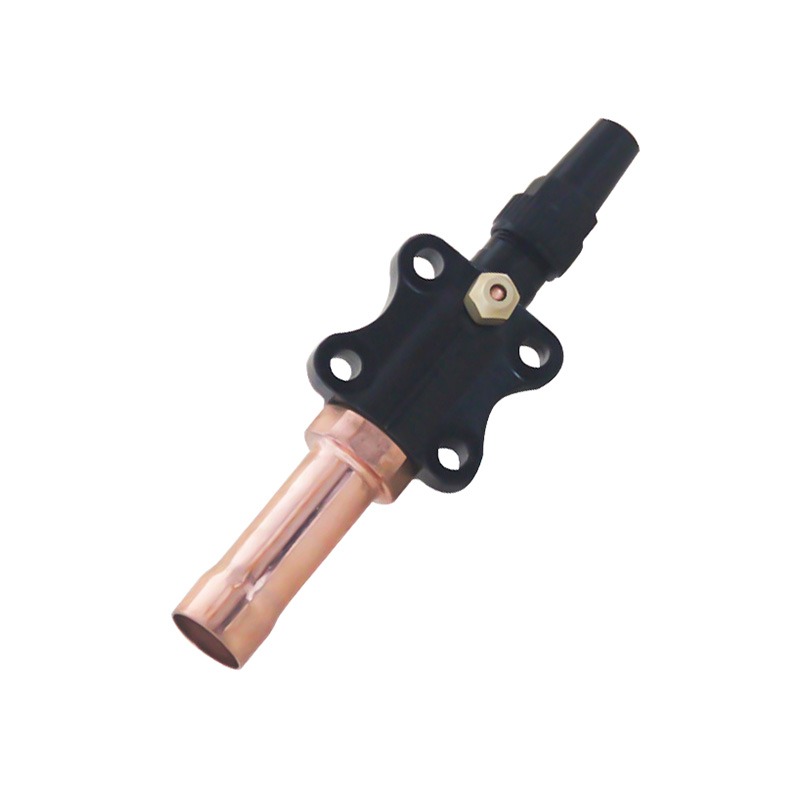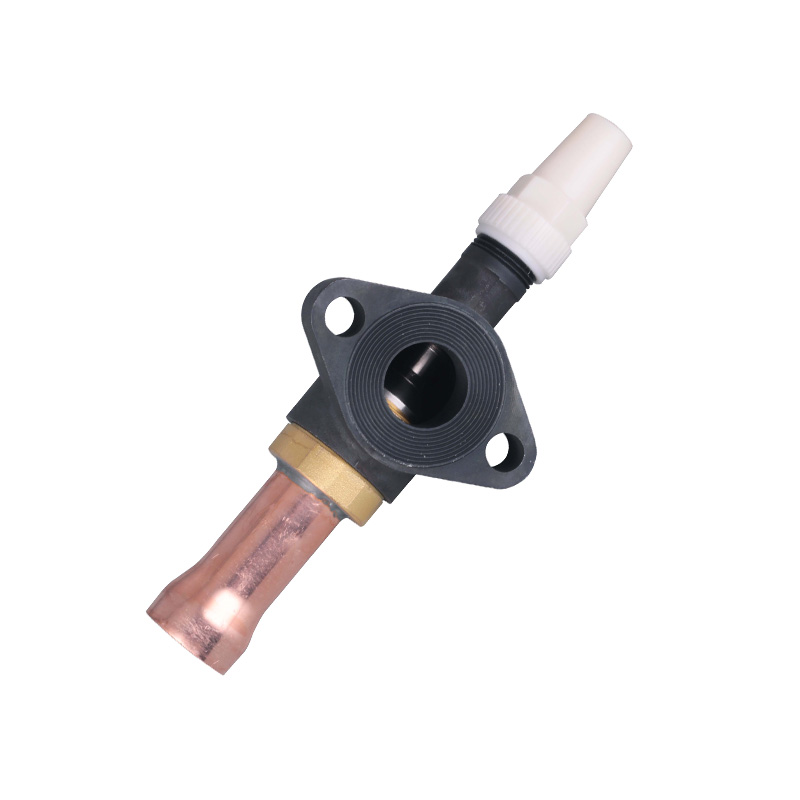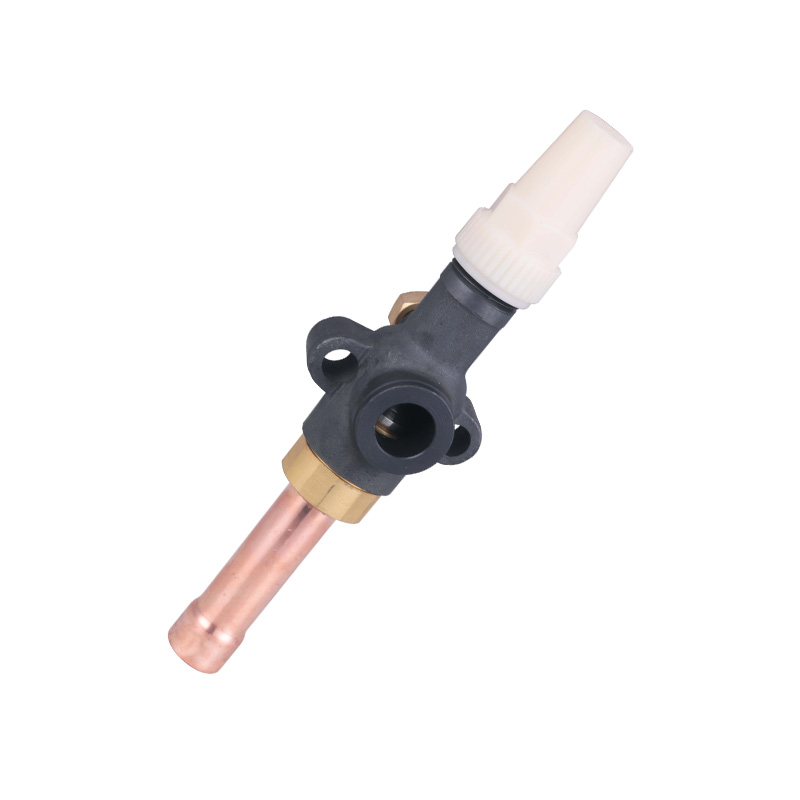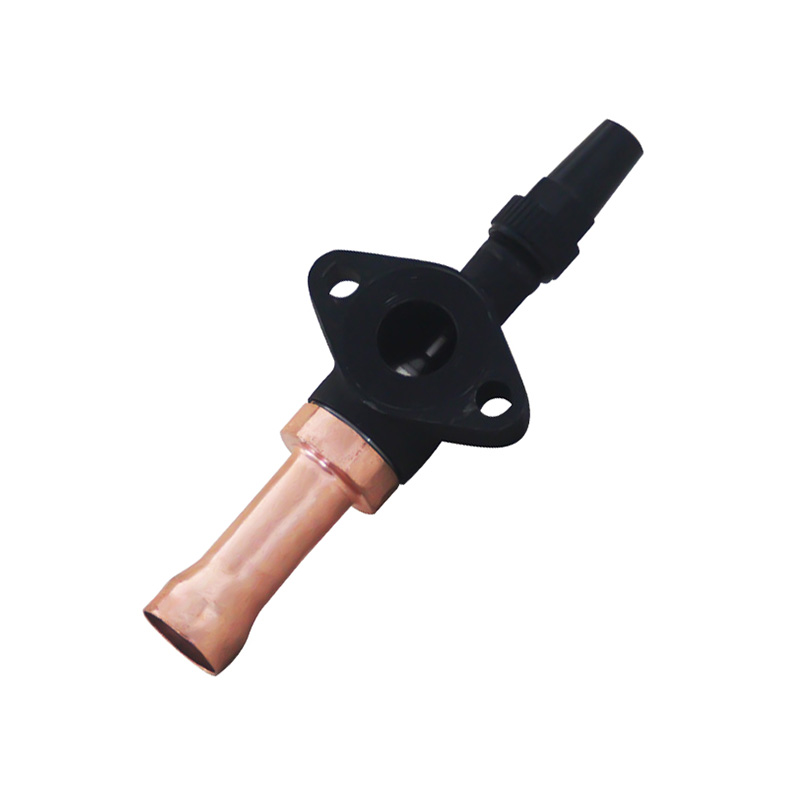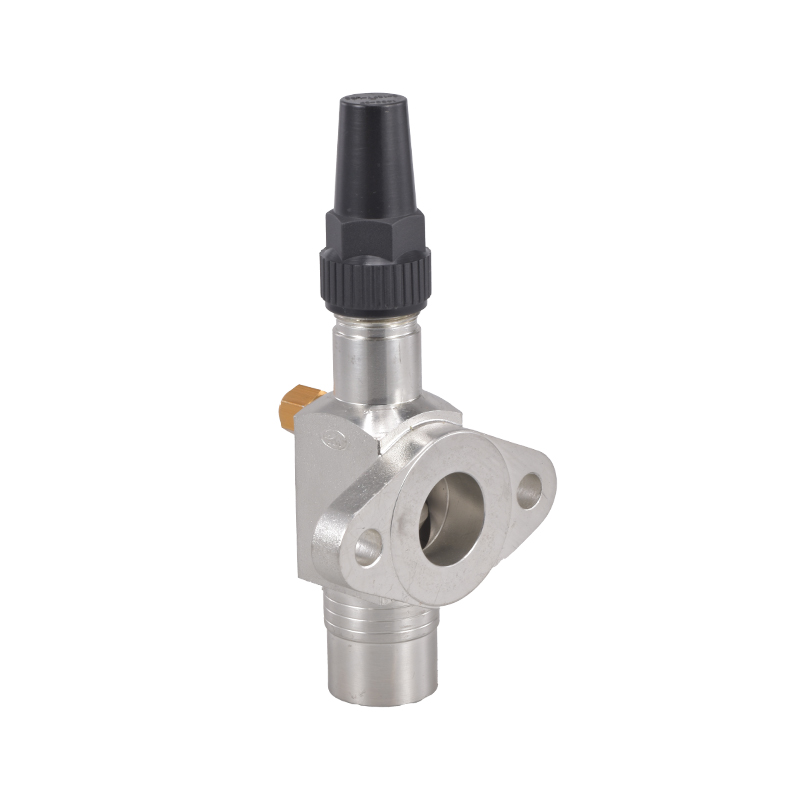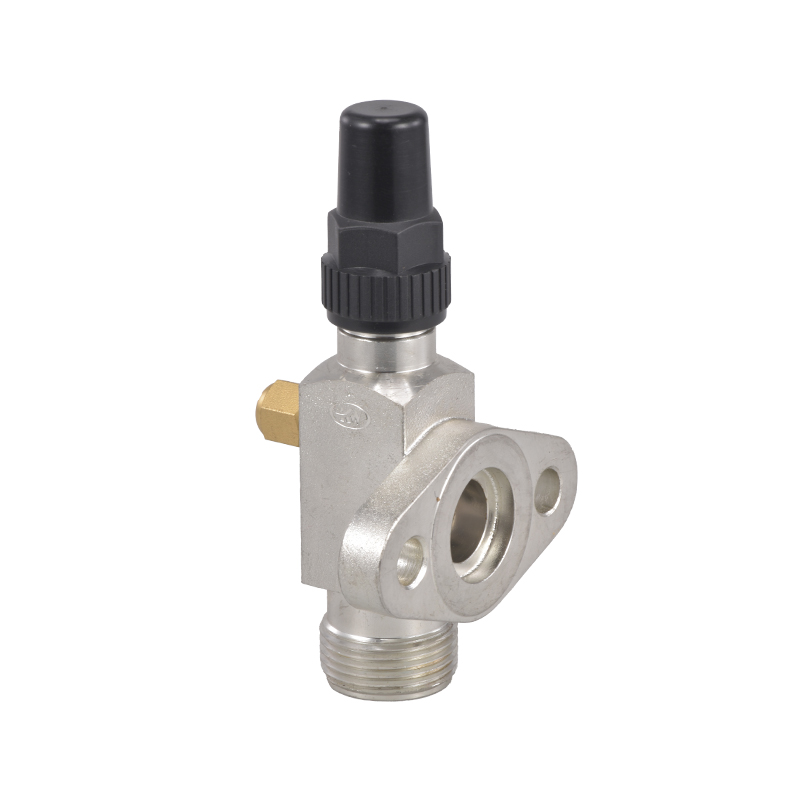How Do Cold Storage Refrigeration Units Maintain Consistent Temperatures?
 By Admin
By Admin
Cold storage refrigeration units are designed to maintain specific temperature ranges over extended periods. These units are used in a variety of commercial and industrial applications, from supermarkets and restaurants to laboratories and pharmaceutical manufacturing facilities. The ability to keep temperatures consistent is vital for preserving the freshness and integrity of perishable items, preventing spoilage, and ensuring compliance with industry standards.
Key Components of Cold Storage Refrigeration Units
To understand how cold storage refrigeration units maintain consistent temperatures, it's important to look at the key components that make up these systems:
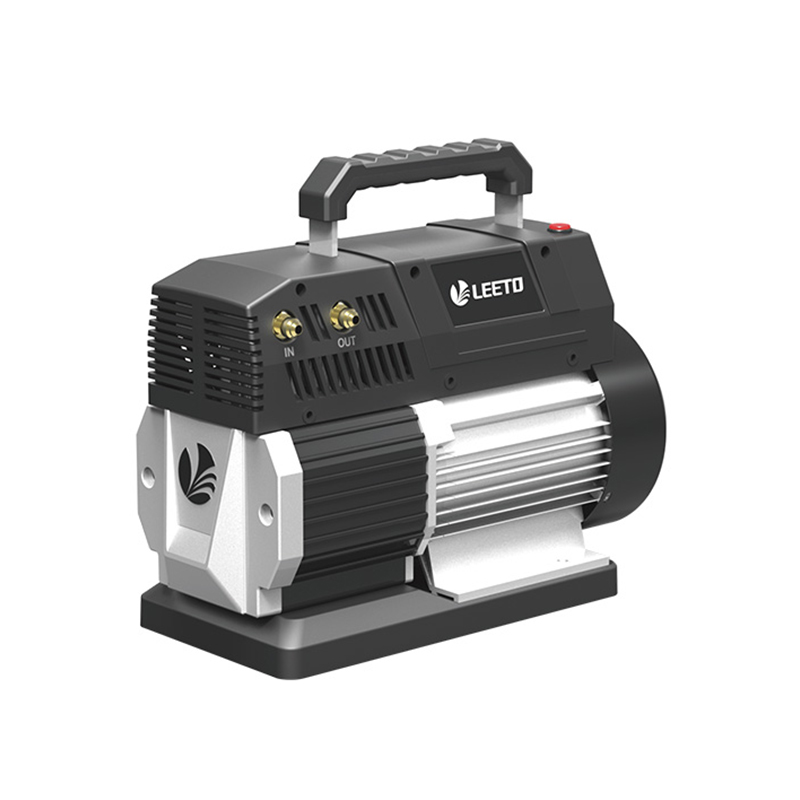
1. Compressors: The compressor is the heart of any refrigeration system. It pumps refrigerant through the system, compressing it into a high-pressure gas. This process removes heat from the refrigerant, which is then released outside the storage unit. In industrial refrigeration systems, compressors are often larger and more powerful to handle the demands of large-scale storage facilities.
2. Condensers: The condenser is responsible for dissipating the heat that the compressor has removed from the refrigerant. It does this by cooling the refrigerant gas back into a liquid state. In commercial refrigeration systems, condensers are typically located outside the storage unit to ensure efficient heat dissipation.
3. Evaporators: The evaporator is where the refrigerant absorbs heat from the air inside the cold storage unit. As the refrigerant evaporates, it cools the surrounding air, maintaining the desired temperature inside the storage space. Evaporators are usually located inside the storage unit, ensuring that the cold air is distributed evenly.
4. Expansion Valves: These valves control the flow of refrigerant into the evaporator. By regulating the amount of refrigerant, they help maintain the correct pressure and temperature inside the system. In cold storage refrigeration units, expansion valves are crucial for ensuring precise temperature control.
The Process of Temperature Control
Maintaining consistent temperatures in cold storage refrigeration units involves a complex process of heat transfer and refrigerant flow. Here's a step-by-step breakdown of how it works:
1. Heat Removal: The process begins when the compressor draws in low-pressure refrigerant gas from the evaporator. As the refrigerant is compressed, its temperature and pressure increase. This high-pressure gas then flows into the condenser.
2. Heat Dissipation: In the condenser, the refrigerant releases its heat into the surrounding air. This causes the refrigerant to cool and condense back into a liquid state. The liquid refrigerant then flows through a filter or dryer to remove any impurities before entering the expansion valve.
3. Cooling and Expansion: The expansion valve regulates the flow of liquid refrigerant into the evaporator. As the refrigerant enters the evaporator, it expands rapidly, absorbing heat from the air inside the cold storage unit. This process cools the air, maintaining the desired temperature.
4. Air Circulation: Fans inside the cold storage unit circulate the cooled air, ensuring that the temperature remains consistent throughout the storage space. Sensors and thermostats monitor the temperature and activate the compressor as needed to maintain the set point.
Advanced Features for Enhanced Temperature Control
Modern cold storage refrigeration units come equipped with advanced features that further enhance temperature control and efficiency. These include:
1. Digital Controllers: Digital temperature controllers provide precise monitoring and adjustment of the storage unit's temperature. They can be programmed to maintain specific temperature ranges and can even send alerts if the temperature deviates from the set point.
2. Variable Speed Compressors: These compressors can adjust their speed based on the cooling demand. This feature helps maintain consistent temperatures while reducing energy consumption, making them ideal for commercial and industrial refrigeration systems.
3.Insulation: High-quality insulation is crucial for maintaining consistent temperatures in cold storage units. Proper insulation reduces heat transfer between the storage space and the outside environment, ensuring that the refrigeration system operates efficiently.
4.Smart Sensors: Advanced sensors can detect even minor temperature fluctuations and adjust the system's operation accordingly. This real-time monitoring ensures that the cold storage unit maintains the desired temperature at all times.
Cold storage refrigeration units play a vital role in preserving perishable goods in commercial and industrial settings. By understanding the key components and processes involved in maintaining consistent temperatures, facility managers can ensure that their refrigeration systems operate efficiently and reliably.




 English
English русский
русский Deutsch
Deutsch
